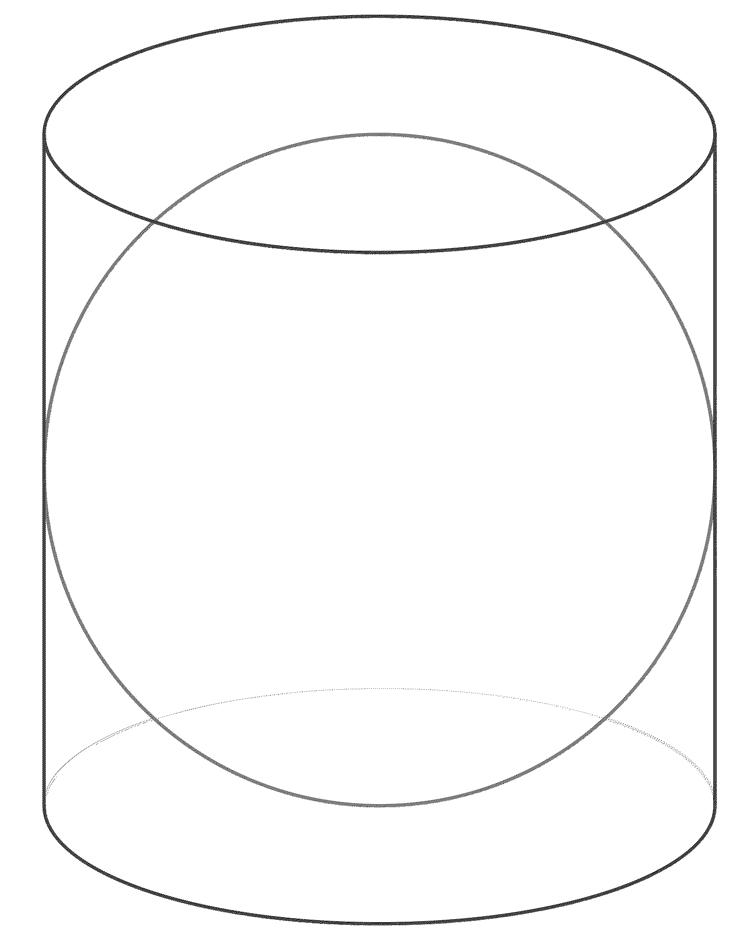In his remarkable book On the Sphere and Cylinder, where he came tantalizingly close to discovering calculus, Archimedes showed that the area of the portion of the sphere contained between a pair of parallel planes cutting the surface depends only on the distance between the planes. This fact, which has been dubbed Archimedes hatbox theorem, is now a standard exercise in many calculus texts, and is even commemorated on the back of the Fields medal (if you look closely, you will see a sphere inside a cylinder in the background).

Conversely, Blaschke showed that the only convex surface with this slab area property is the sphere. Indeed it is a simple exercise in classical differential geometry to check that any smooth convex surface with the slab area property must have constant curvature (Let $A(h)$ be the area trapped between a tangent plane and a prallel plane at distance $h$, and compute the limit of $A(h)/h$ as $h\to 0$). But can one still characterize the sphere if we fix the distance between the planes:
Question: Let $S$ be a convex surface of maximal width $w$. Suppose that for some constant $0<h<w$, the area of the portion of $S$ trapped between every pair of parallel planes separated by the distance $h$ and intersecting $S$ is constant. Does it follow then that $S$ is a sphere?
The maximal width $w$ here is the length of the largest possible projection of $S$ into a line. Thus the condition $h<w$ ensures that $S$ is never contained entirely in between the planes. Although this is known to be an open problem, and one would assume was at least in the back of Blaschke's mind, I am not aware if it has been explicitly mentioned anywhere.
